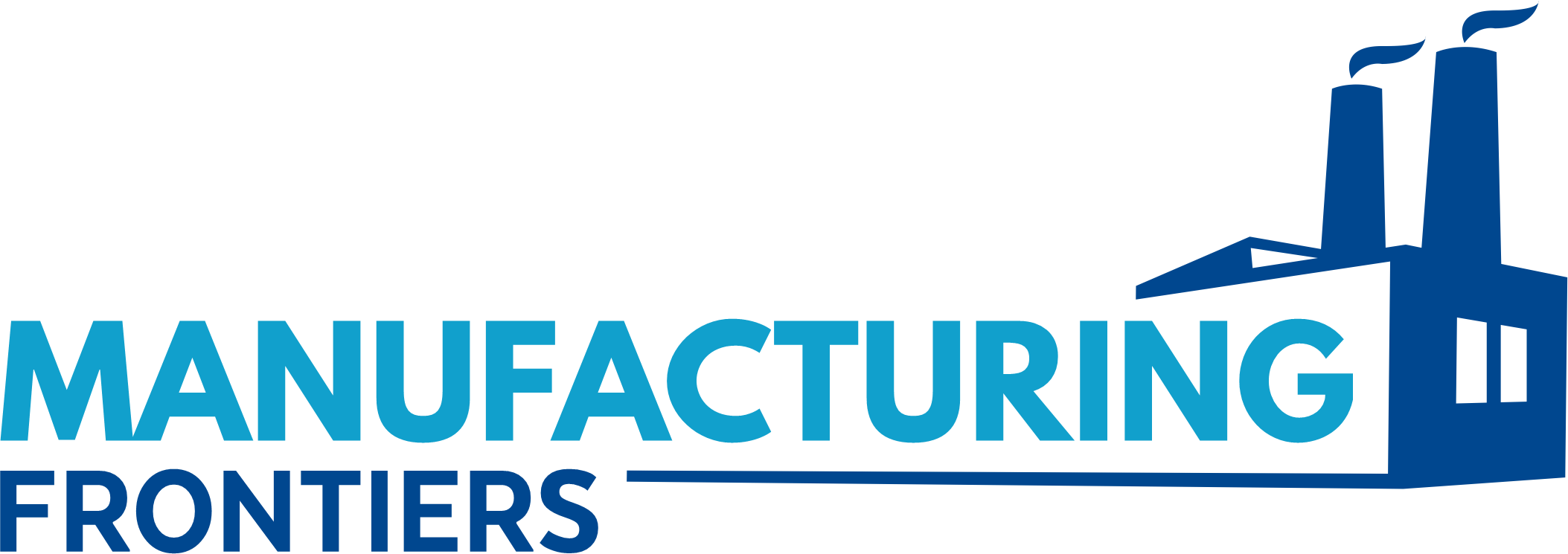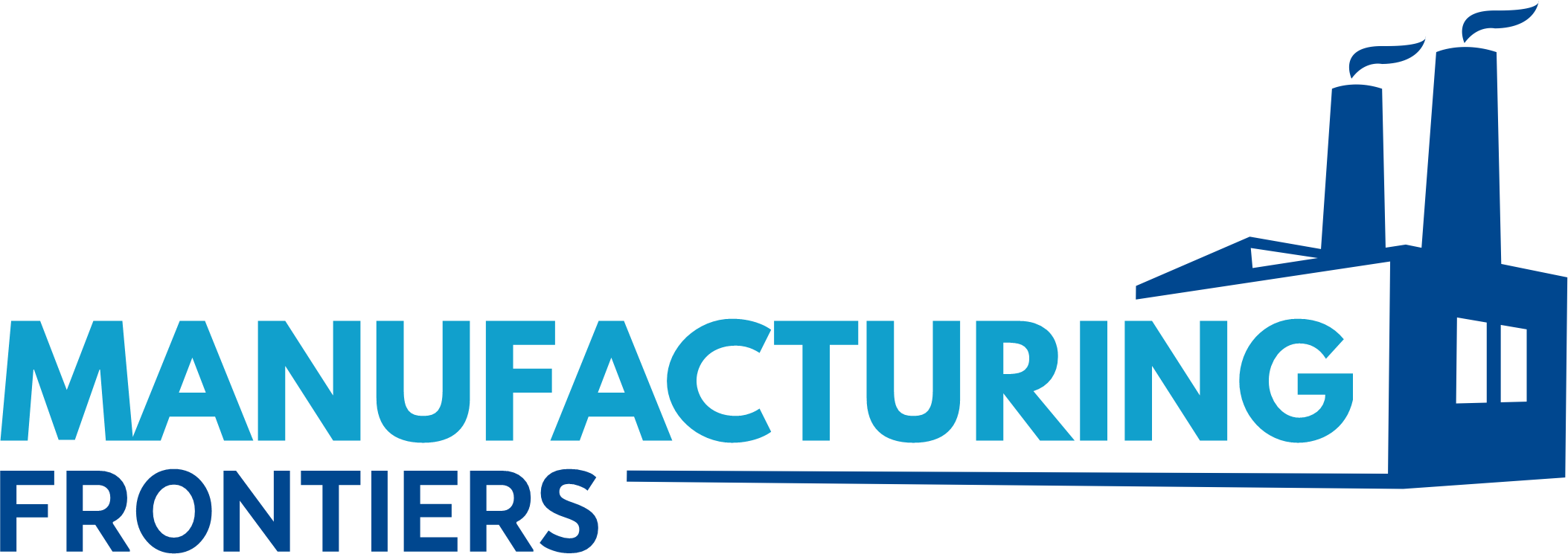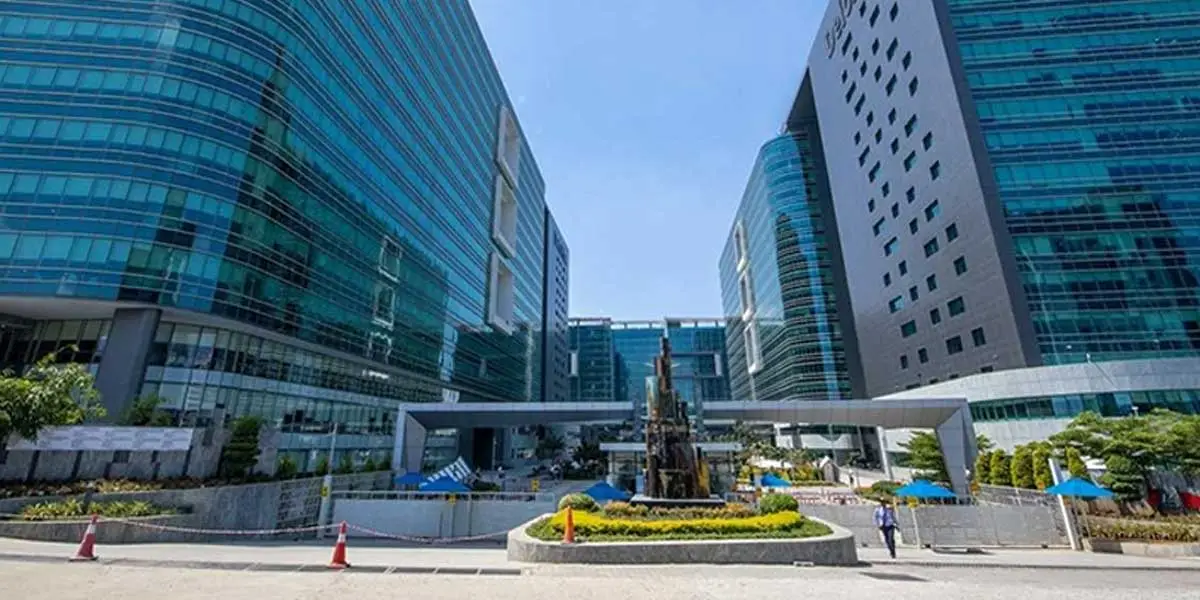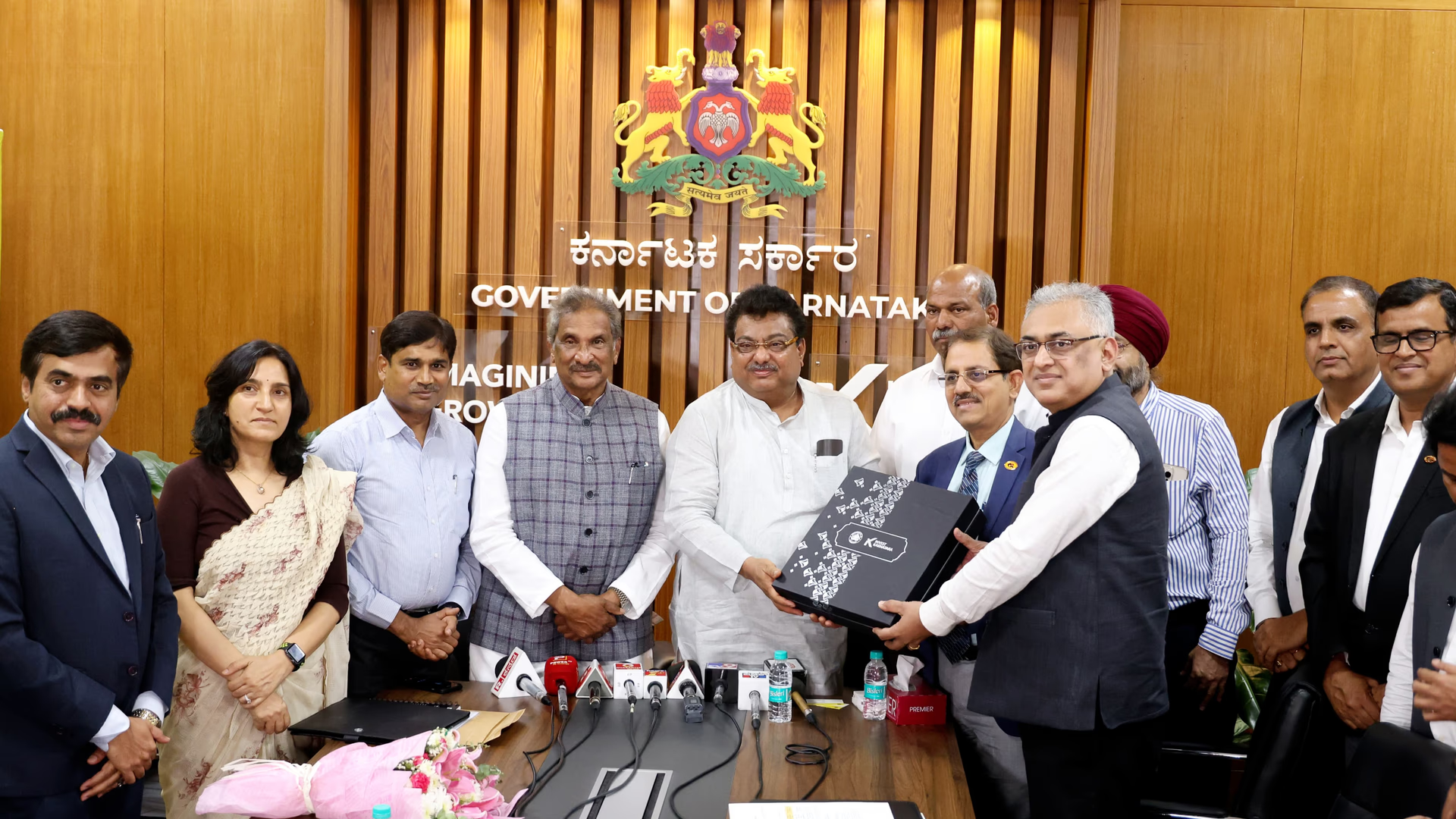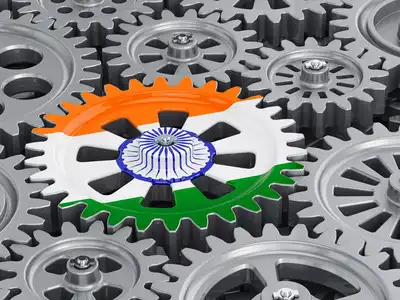evolution of manufacturing technologies, focusing on the latest advancements in AI, IoT, robotics, and machine learning, and how these technologies contribute to smarter, more efficient manufacturing processes.
The Evolution of Manufacturing Technologies: From Automation to Human-Centric Innovations
Industry 4.0 was characterized by the digitization of manufacturing processes, where automation, IoT, and cloud computing became central to increasing efficiency and reducing costs. The key focus of Industry 4.0 was automation—machines and robots took over repetitive tasks, allowing humans to focus on more strategic decisions.
As businesses adapt to the needs of today’s fast-paced world, Industry 5.0 introduces a shift toward human-centric innovation. While automation remains important, the next step focuses on enhancing human capabilities, making manufacturing processes more collaborative, and creating environments where humans and machines work together seamlessly.
This transition is driven by advancements in AI, robotics, IoT, and machine learning, which not only improve automation but also foster human-machine collaboration. Industry 5.0 brings forward a vision where technology augments human abilities and offers personalized solutions to manufacturing challenges.
Overview of Key Technologies Transforming the Manufacturing Landscape
The foundation for bridging the gap between Industry 4.0 and 5.0 lies in a number of groundbreaking technologies. These are some of the key areas shaping the future of manufacturing:
- Artificial Intelligence (AI): AI is a cornerstone of Industry 5.0. It is being used to enhance decision-making, improve predictive maintenance, and optimize production schedules. Machine learning algorithms analyze vast amounts of data to uncover insights and patterns, helping businesses make data-driven decisions and forecast future trends more accurately.
- Internet of Things (IoT): IoT connects machines, sensors, and devices within the factory, enabling real-time data collection and analysis. This connectivity ensures that production processes are continuously monitored and optimized, and allows businesses to make instant adjustments in response to changing demands or issues.
- Robotics and Cobots: Traditional robots are becoming more advanced, with robots now collaborating with humans rather than replacing them. These collaborative robots, or cobots, are designed to work alongside human workers, enhancing their productivity while ensuring safety and efficiency. Cobots have sensors that allow them to adjust their actions based on human proximity, making them ideal for tasks that require both human and machine collaboration.
- Machine Learning (ML): Machine learning algorithms are enabling machines to adapt and learn from experience without explicit programming. This is particularly useful in optimizing manufacturing processes and identifying anomalies in production, leading to improved quality and reduced downtime.
How These Technologies Contribute to Smarter, More Efficient Manufacturing Processes
The integration of AI, IoT, robotics, and machine learning into manufacturing systems has made factories smarter and more efficient. Here's how these technologies contribute to the manufacturing landscape:
- Real-Time Data and Insights: IoT devices continuously gather data, which is processed by AI systems to provide actionable insights in real time. This allows manufacturers to make instant decisions to adjust production schedules, monitor equipment health, and prevent issues before they occur.
- Predictive Maintenance: With AI-powered analytics, manufacturers can predict when a machine will need maintenance, reducing downtime and lowering repair costs. This is a significant step toward improving operational efficiency and preventing costly unplanned shutdowns.
- Enhanced Flexibility: Industry 5.0 technologies enable greater flexibility in production processes. For example, AI algorithms can adjust production lines to accommodate variations in demand or customize products on the fly. This adaptability is key in meeting customer demands for more personalized products.
- Quality Control and Process Optimization: Machine learning helps identify patterns and anomalies in the manufacturing process, allowing for real-time corrections. By continuously improving and optimizing processes, manufacturers can maintain consistent product quality while minimizing waste and rework.
The Role of Human-Centric Technologies in Industry 5.0
Industry 5.0 brings human-centricity to the forefront of manufacturing. While automation and robotics continue to play a crucial role, the key differentiator in Industry 5.0 is the emphasis on human-machine collaboration.
Human-centric technologies are designed to enhance human capabilities, making workers more efficient, reducing fatigue, and ensuring safety. Here’s how these technologies improve the workforce:
- Collaboration Between Humans and Machines: Cobots, which are designed to work alongside human operators, allow for greater collaboration. By performing repetitive or dangerous tasks, robots free up workers to focus on tasks that require creativity, problem-solving, and decision-making. This creates a more engaging work environment and maximizes human potential.
- Augmented Reality (AR): AR is a powerful tool for enhancing human capabilities in manufacturing. Workers can use AR glasses to access real-time data, instructions, and digital overlays that guide them through complex tasks. This not only reduces errors but also speeds up training and improves decision-making.
- Ergonomics and Safety: Smart wearables and exoskeletons are part of the human-centric technology landscape, helping reduce physical strain on workers. These devices assist with lifting, carrying, and repetitive tasks, promoting worker safety and reducing injuries.
The Future of Collaborative Robots (Cobots) and AI
One of the most transformative elements of Industry 5.0 is the integration of cobots and AI into the workforce. Unlike traditional robots that replace human workers, cobots enhance human capabilities by taking on the dangerous, repetitive, or physically demanding tasks. Cobots work alongside human operators, responding to changes in the environment and adjusting their actions accordingly.
AI enhances cobots by allowing them to learn from their interactions with humans and adapt to new environments. For example, a cobot in an assembly line could learn the optimal way to handle different parts, improving its efficiency and the overall productivity of the line.
As the capabilities of cobots and AI evolve, we will see more dynamic, flexible, and intelligent manufacturing systems. These systems will allow manufacturers to produce higher-quality products faster, while empowering human workers to focus on creative and value-added tasks.
Conclusion
Bridging the gap between Industry 4.0 and 5.0 requires manufacturers to embrace the full potential of advanced technologies such as AI, IoT, robotics, and machine learning. These technologies, combined with human-centric innovations, will create smarter, more efficient manufacturing processes that foster collaboration, enhance productivity, and improve safety. By leveraging these advancements, businesses can ensure they remain competitive and future-ready, adapting to the evolving needs of the manufacturing landscape.
